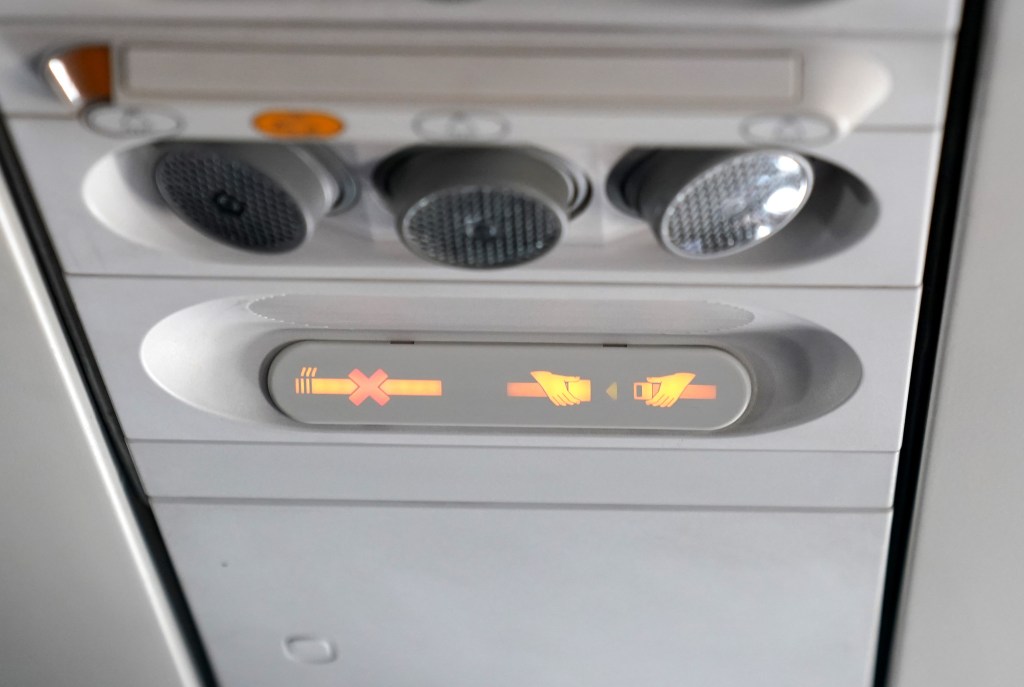Turbulence is getting worse on flights — but one pilot says mandatory seat belts won’t help keep people safe
Turbulence has become more frequent. It’s a trend American Airlines Captain Dennis Tajer has experienced firsthand.
For the safety of his passengers, Tajer, a pilot for over 30 years, said it’s vital that they wear seat belts at all times while seated, even if it’s not mandated by law.
It is for their protection, and the safety of those around them, Tajer told FOX Business.
According to a 2023 study by researchers at the University of Reading in the United Kingdom, clear-air turbulence has increased in regions around the world.
Over the North Atlantic, which is one of the busiest flight routes, the total annual duration of severe turbulence increased by 55% between 1979 and 2020.
Moderate turbulence increased by 37%, and light turbulence increased by 17%. All the aforementioned increases were consistent with the effects of climate change, according to the study, which was published in Geophysical Research Letters.

“Following a decade of research showing that climate change will increase clear-air turbulence in the future, we now have evidence suggesting that the increase has already begun,” Professor Paul Williams, an atmospheric scientist at the University of Reading who co-authored the study.
Despite the changes in turbulence over the years, Tajer doesn’t believe the current seat belt regulations set by the Federal Aviation Administration (FAA) necessarily need to change.
Per FAA regulations, passengers are required to have their seat belts properly secured during taxiing, takeoff and landing.
While the regulations do not define the term “properly secured,” passengers are required to follow crewmember instructions regarding the use of safety belts.
The FAA told FOX Business that regulations also require crewmembers to notify passengers when and under what conditions they need to fasten their safety belt.
Passengers must obey cabin crewmembers’ instructions on how to wear the belts, according to the FAA.
Airlines for America, a trade group representing major US passenger carriers, told FOX Business that all of its members “encourage the use of seat belts while seated for safety reasons, including turbulence.”
In any instance when turbulence is forecast or encountered, the passenger carriers will remind passengers to remain seated and fasten seat belts. The seat belt signs will usually be activated, the trade group said.

However, there is no law mandating that seat belts are required for the entirety of the flight.
For one, it’s not possible because people have to get up and use the bathroom, Tajer said. He also said that if the seat belt sign was on the entire time, then it would diminish its importance when there actually is serious turbulence.
Start your day with the latest business news right at your fingertips
Subscribe to our daily Business Report newsletter!
Thanks for signing up!
“What we’ve learned is that by leaving the seat belt sign on, when it’s really not necessary, and there is smooth air, you normalize ignoring the seat belt sign,” Tajer said, adding that “just having it on all the time doesn’t make it unique and people get used to it, and then they start to just ignore it.”
But whenever people are in their seat, Tajer says they should wear their seat belt, regardless of what the sign says.
The answer isn’t “having a law that says you must have your seat belt on anytime you’re seated…the answer is continued education,” Tajer continued.
“As basic as it is, the highest form of technology that can keep you from getting injured is having the seat belt on,” Tajer said, adding that “severe turbulence is happening more frequently in our anecdotal experience and there’s usually a warning but sometimes there isn’t.”
The FAA said it works to alert flight crews about turbulence “with the help of technology and encouraging and relaying pilot reports about turbulence.”
Additionally, through a contract with the National Center for Atmospheric Sciences, the FAA said it developed a turbulence “nowcast” that provides rapidly updated, 15-minute turbulence forecasts so pilots and airline dispatchers can make tactical decisions on how to avoid it.